Starting a garden can be both exciting and overwhelming for beginners. Whether you’re planting flowers, vegetables, or herbs, having the right guidance makes all the difference.
Here are 20 practical tips to help beginner gardeners kickstart their journey, build confidence, and create a thriving, beautiful garden with ease.
Start with Easy-to-Grow Plants
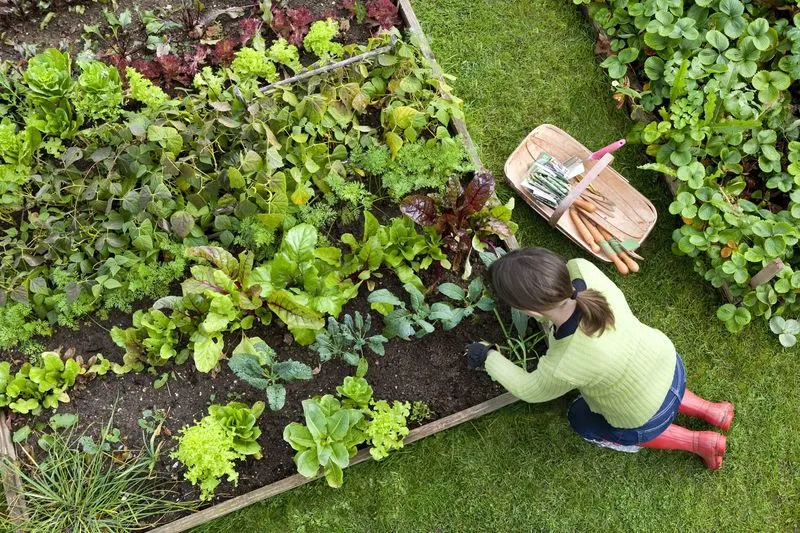
Jumpstart your gardening adventure with plants known for their resilience and ease of growth. Consider beginning with herbs like basil or flowers such as marigolds. These plants not only thrive in various conditions but also offer instant gratification with minimal effort. Choose a sunny spot for your new green friends, and watch them flourish. This approach builds confidence and provides a solid foundation for expanding your gardening repertoire. Experimenting with these hardy plants allows you to learn essential care techniques without overwhelming challenges.
Understand Your Climate Zone
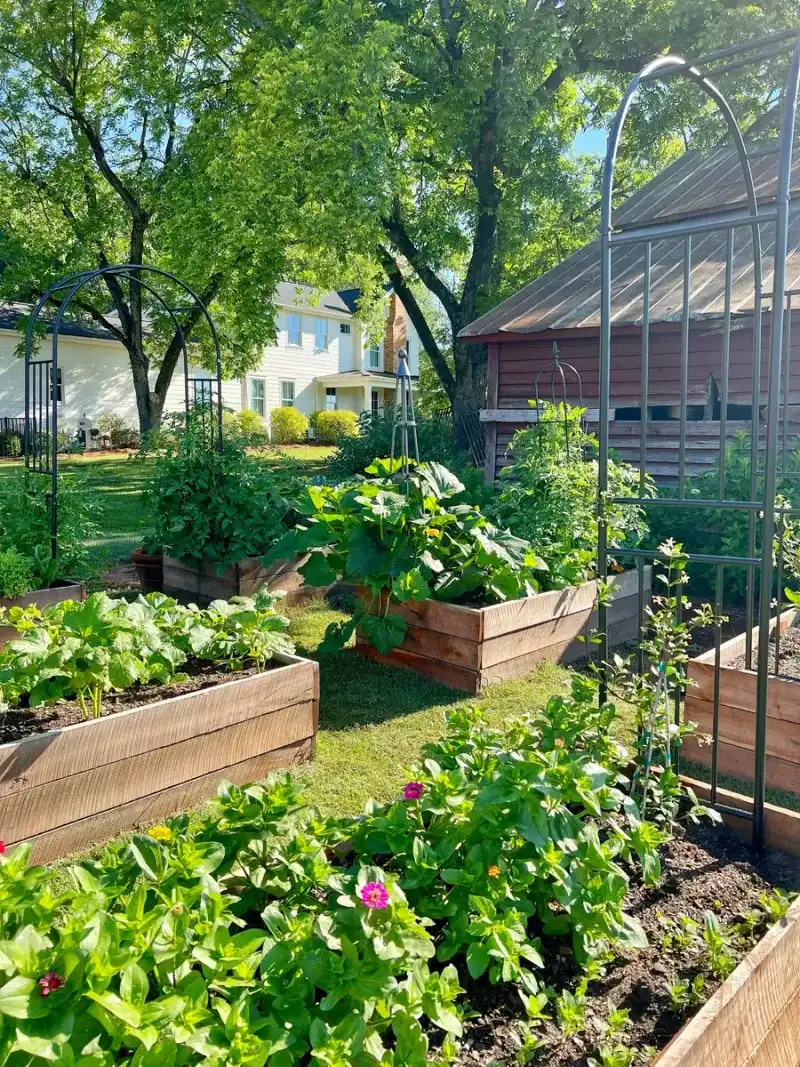
Familiarize yourself with your local climate zone to select plants that will thrive in your environment. Each zone has distinct characteristics that influence plant growth. By aligning your plant choices with your zone’s conditions, you’ll set your garden up for success. Research local resources or consult with experienced gardeners to find the best options for your area. Adapting to your climate’s unique traits will guide your plant selection and care methods, ensuring a vibrant garden. This understanding is crucial to avoid the disappointment of plants failing to adapt.
Invest in Quality Soil
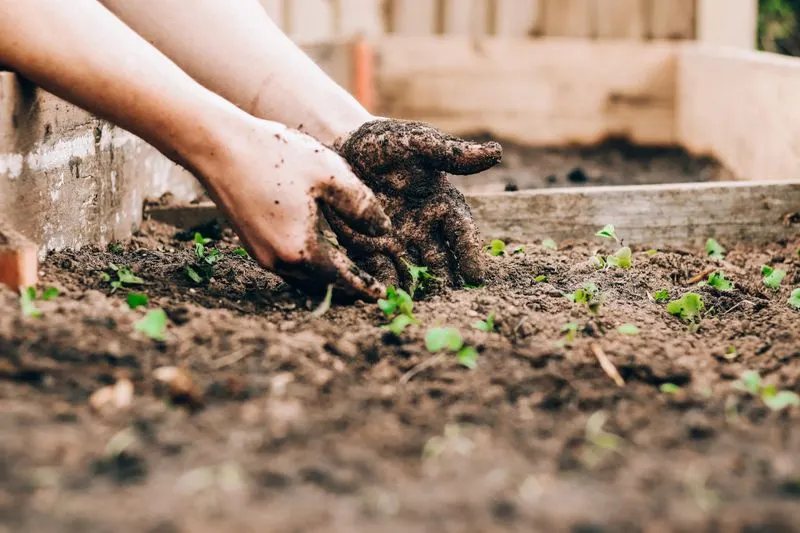
Quality soil is the cornerstone of a healthy garden. Opt for soil rich in organic matter, which provides nutrients and improves plant health. Investing in good soil reduces the need for excessive fertilization and enhances moisture retention. Look for pre-mixed options or create your own blend tailored to specific plant needs. The right soil mix creates a supportive environment for roots, fostering robust growth. By prioritizing soil quality, you’re laying the groundwork for a flourishing garden, giving plants the best start possible.
Choose the Right Tools
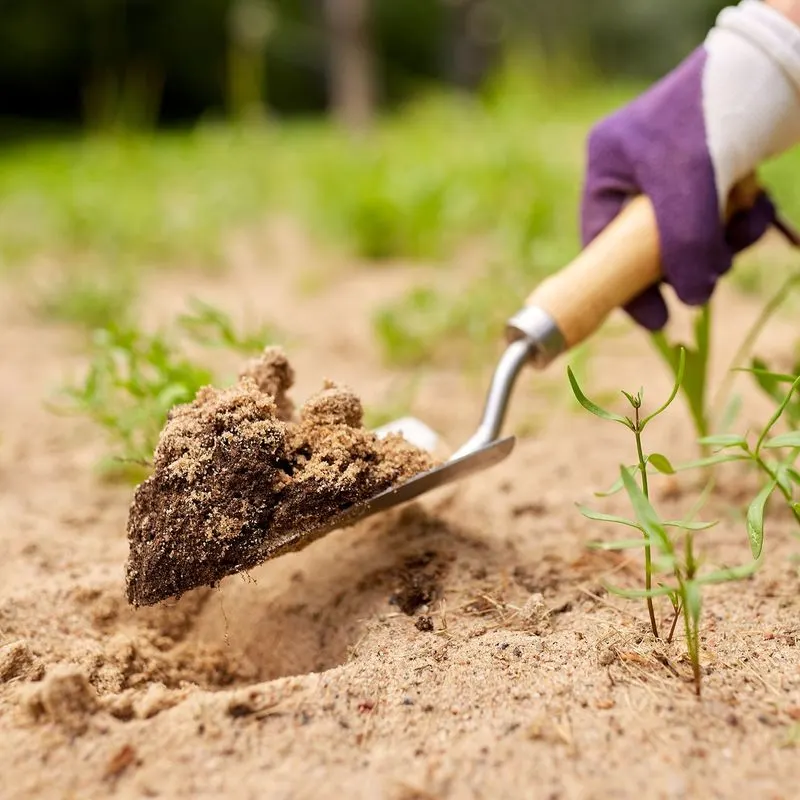
Equip yourself with essential gardening tools to make tasks manageable and enjoyable. Start with a sturdy trowel, pruners, and a reliable watering can. These basics cover most gardening needs and can be expanded upon as you become more confident. Quality tools make a significant difference in both the ease and efficiency of gardening tasks. Invest in comfort with ergonomic designs to prevent strain during prolonged use. Proper tools not only enhance your gardening experience but also contribute to better plant care and maintenance.
Learn to Mulch
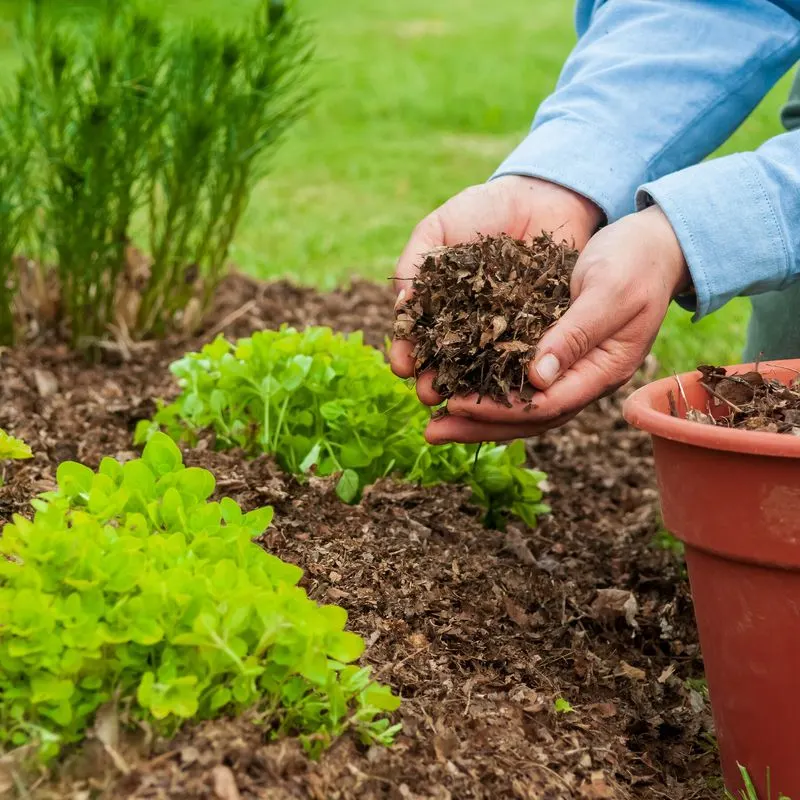
Mulching is a vital technique for conserving moisture and reducing weeds. Use organic materials like straw, bark, or grass clippings to create a protective layer over the soil. This layer acts as insulation, regulating soil temperature and promoting beneficial microorganisms. Applying mulch in garden beds also minimizes erosion and compaction. Not only does this practice enhance plant health, but it also reduces the frequency of watering and weeding. Mastering mulching techniques is an invaluable skill, contributing significantly to a sustainable garden ecosystem.
Water Wisely
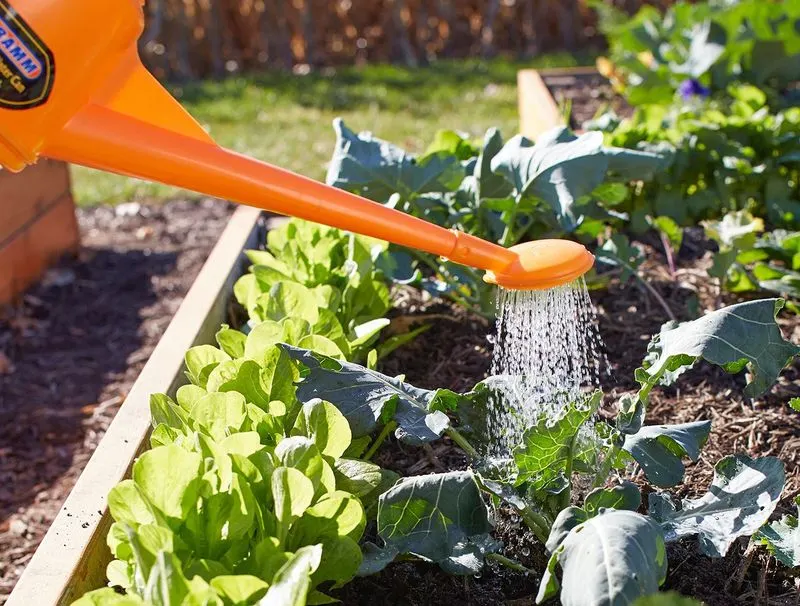
Proper watering techniques are crucial to plant health. Rather than frequent, shallow watering, aim for deep, infrequent sessions that encourage root growth. Water in the early morning to minimize evaporation and fungal diseases. This timing ensures plants have adequate hydration to face the day’s heat. Utilize tools like soaker hoses or drip systems to deliver water directly to the root zone, maximizing efficiency. Observing your garden’s specific needs will guide your watering schedule and practices, ensuring optimal plant health and growth.
Embrace Companion Planting
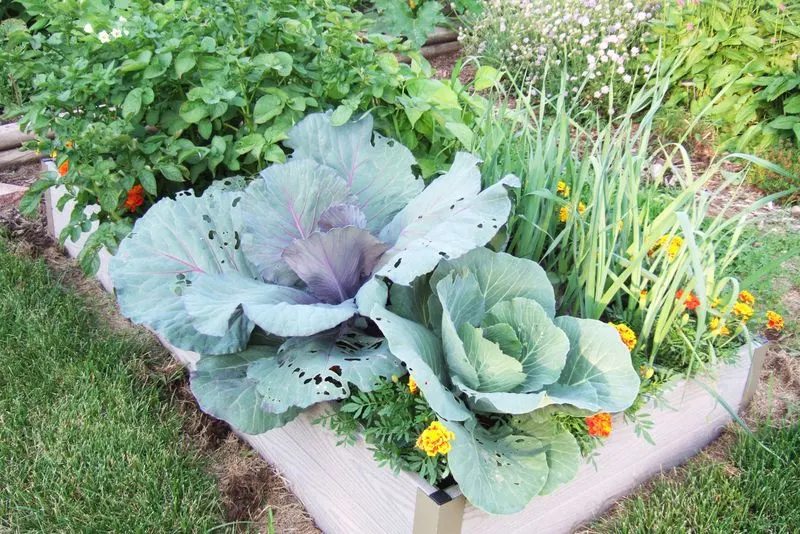
Companion planting involves strategically positioning plants to benefit each other. For instance, growing basil near tomatoes can enhance growth and flavor while repelling pests. This method promotes biodiversity, creating a more resilient garden ecosystem. By understanding plant relationships, you can optimize space and resources, making your garden more productive. Companion planting also aids in pest control and disease prevention naturally. This harmonious approach not only beautifies your garden but also improves its overall health and yield, making it a rewarding practice.
Rotate Your Crops
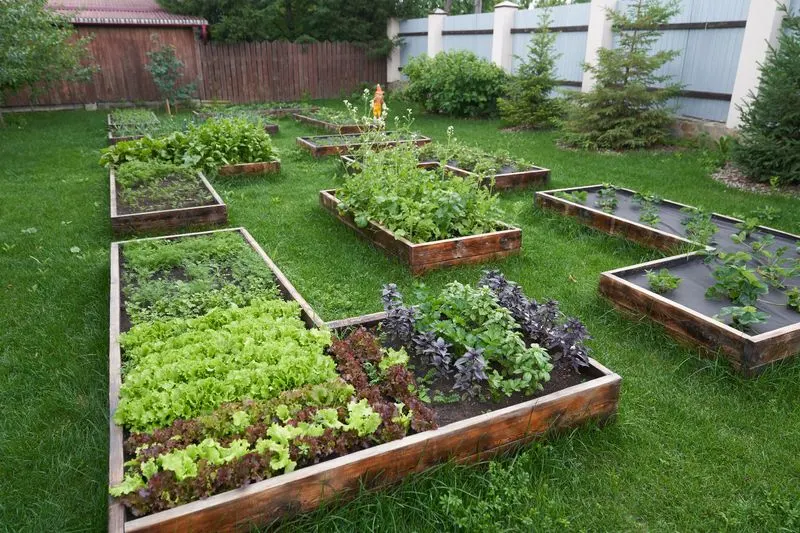
Crop rotation is a strategic practice to prevent soil depletion and pest buildup. By changing plant locations yearly, you disrupt pest cycles and improve soil fertility. This technique benefits plants that consume similar nutrients, ensuring balanced soil health. Planning a rotation schedule involves grouping plants with similar needs and regularly shifting their positions. This thoughtful approach safeguards against diseases and pests, promoting a vibrant garden. Understanding and implementing crop rotation can significantly enhance garden productivity and sustainability.
Utilize Composting
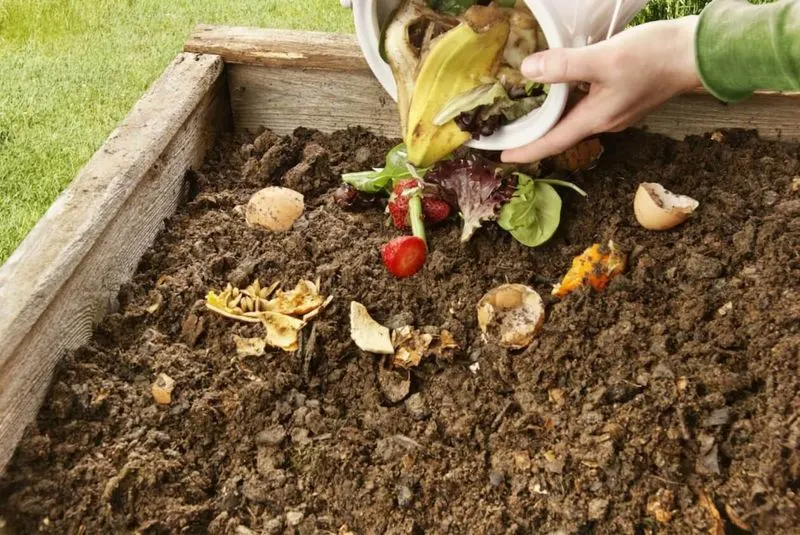
Composting transforms kitchen scraps and yard waste into nutrient-rich soil. This environmentally friendly practice reduces waste while enriching your garden. Start a compost pile or use a bin to manage decomposition efficiently. Regular turning speeds up the process, producing a valuable amendment for your plants. Incorporating compost into your soil enhances its structure, fertility, and microbial activity. This sustainable method not only benefits your garden but also contributes to environmental conservation. Embracing composting is both rewarding and impactful for beginner gardeners.
Plant at the Right Time
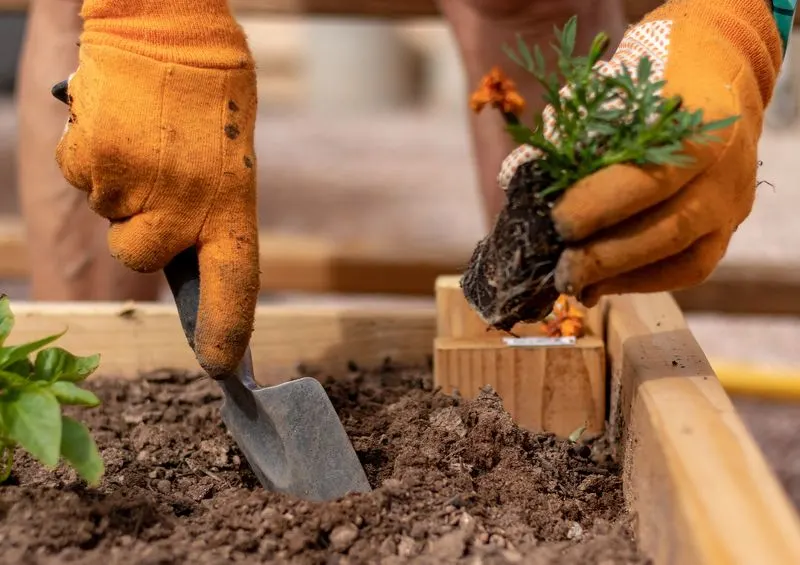
Timing is everything in gardening. Planting seeds at the appropriate time ensures optimal growth and productivity. Consult local planting calendars or guides to determine the best sowing periods for your region. Consider factors such as frost dates and seasonal changes when planning your garden activities. This approach maximizes plant vigor and yields, setting the stage for a successful harvest. Understanding the rhythms of nature allows you to sync your gardening efforts for the greatest benefit. Strategic planting timing is a cornerstone of effective gardening.
Space Plants Appropriately
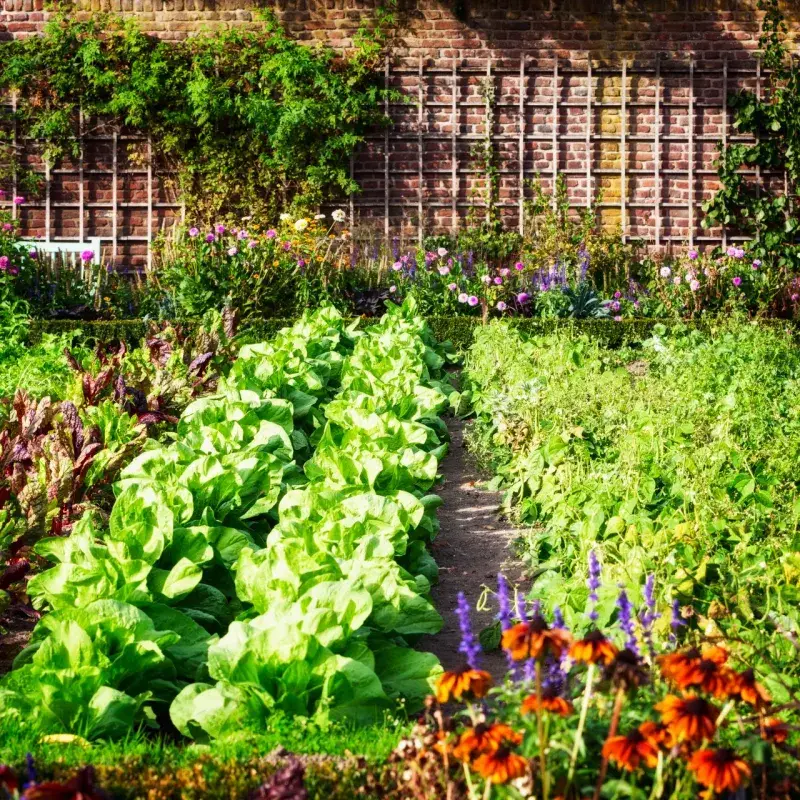
Proper spacing is vital for healthy plant development. Crowded conditions restrict air circulation and light, leading to diseases. Follow spacing guidelines on seed packets or plant labels to give each plant enough room. Adequate spacing supports robust growth and reduces competition for nutrients and water. By considering plant size and growth habits, you create a balanced and visually appealing garden layout. This thoughtful planning ensures plants have the room to thrive, contributing to a healthier and more productive garden environment.
Pest Management Strategies

Managing pests effectively is key to maintaining a healthy garden. Explore natural methods such as introducing beneficial insects or using organic sprays. Monitor your plants regularly for signs of infestations, and act promptly to mitigate damage. Understanding pest behavior and lifecycle can guide your intervention strategies. By adopting integrated pest management practices, you protect your plants while minimizing chemical use. This balanced approach not only safeguards your garden but also promotes ecological health, ensuring a thriving garden ecosystem.
Test Your Soil
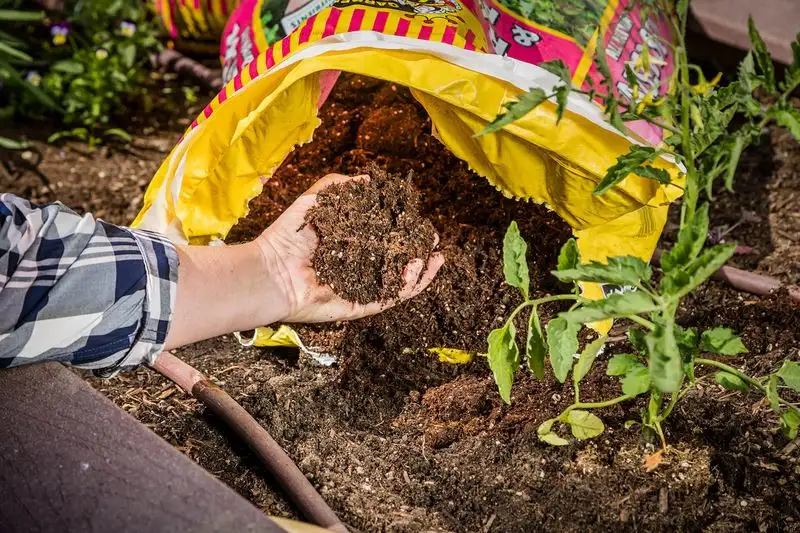
Testing soil provides insights into nutrient levels and pH balance, informing tailored amendments. Use a home testing kit or consult with local agricultural services for detailed analysis. By understanding your soil’s composition, you can adjust fertilization and liming practices effectively. This knowledge equips you to create optimal growing conditions for your plants. Regular testing and adjustments ensure a fertile environment, boosting plant health and productivity. Prioritizing soil testing is a proactive step towards a successful gardening experience.
Create a Planting Calendar
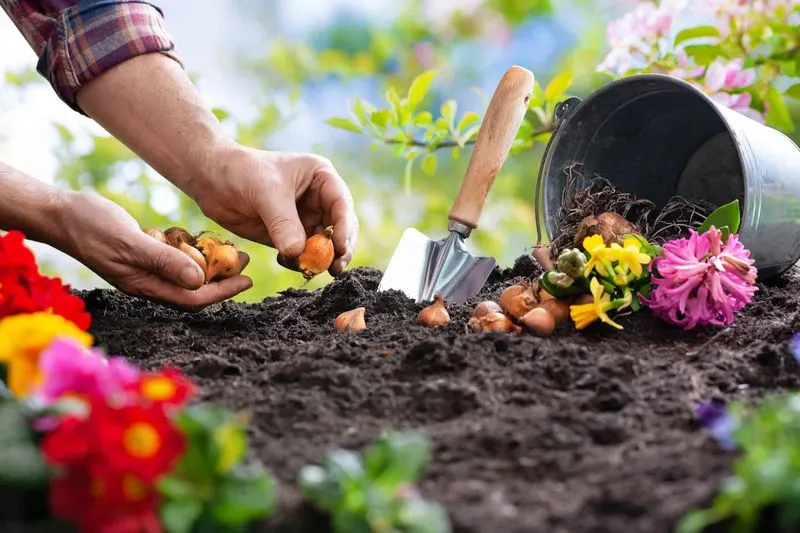
A planting calendar helps plan and organize gardening tasks throughout the year. It tracks sowing, transplanting, and harvesting dates, ensuring timely activities. Use digital tools or a traditional calendar to mark important milestones and reminders. This organizational tool streamlines gardening efforts, optimizing productivity and reducing stress. By foreseeing seasonal changes and plant needs, you maintain a consistent and efficient gardening routine. Developing a planting calendar is a practical and rewarding strategy for both novice and experienced gardeners alike.
Practice Succession Planting
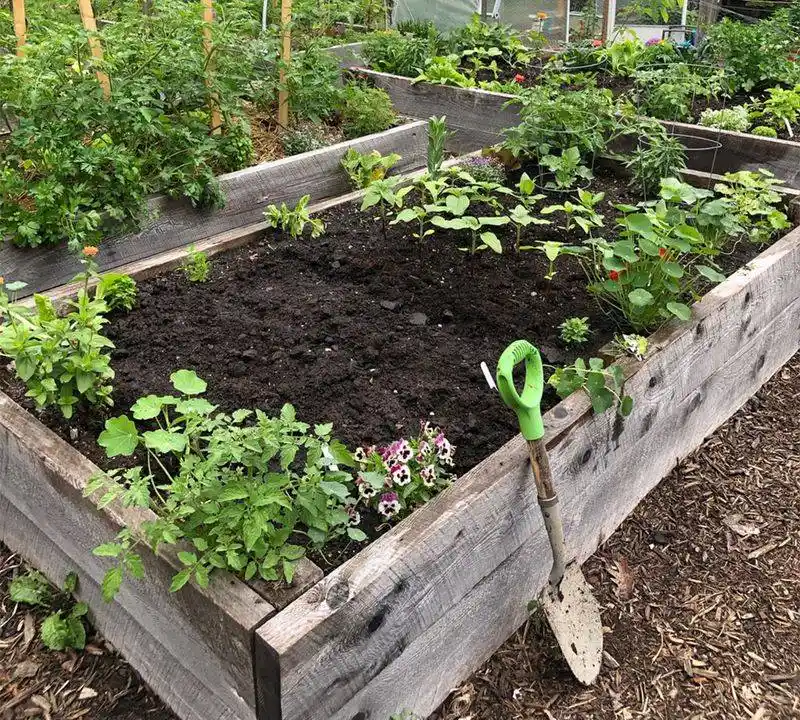
Succession planting involves sowing crops at intervals to maintain a continuous harvest. By staggering plantings, you ensure a consistent supply of fresh produce. This method maximizes garden space and productivity, reducing downtime between harvests. Plan and rotate crops to optimize yield and variety throughout the growing season. Succession planting requires thoughtful scheduling but rewards you with a dynamic and bountiful garden. Embracing this technique enhances your gardening experience, providing an ongoing supply of garden-fresh delights.
Understand Sunlight Needs
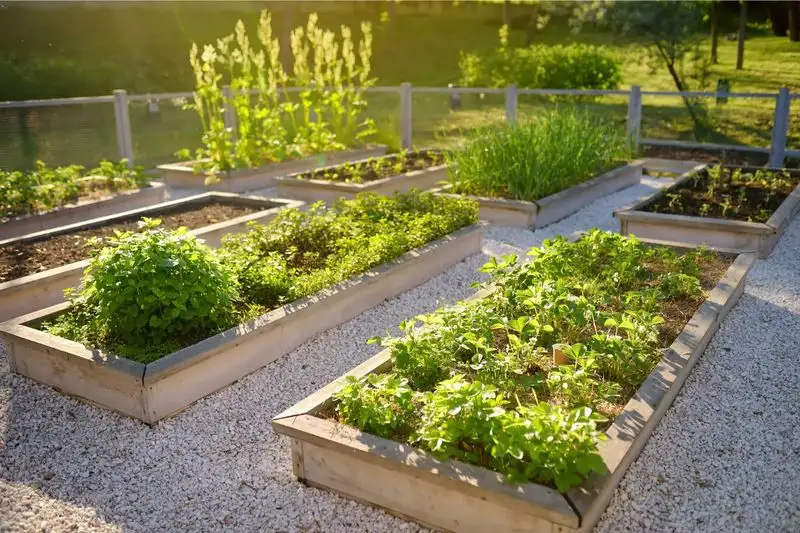
Recognizing the sunlight needs of different plants is pivotal for their growth. Assess your garden’s exposure and arrange plants accordingly. Some thrive in full sun, while others prefer shade. This understanding guides your plant placement and enhances their development. By matching plants with appropriate sunlight conditions, you prevent stress and promote vigorous growth. This insight also aids in designing a harmonious and thriving garden layout. Cultivating plants with tailored light needs ensures a balanced and flourishing garden.
Label Your Plants
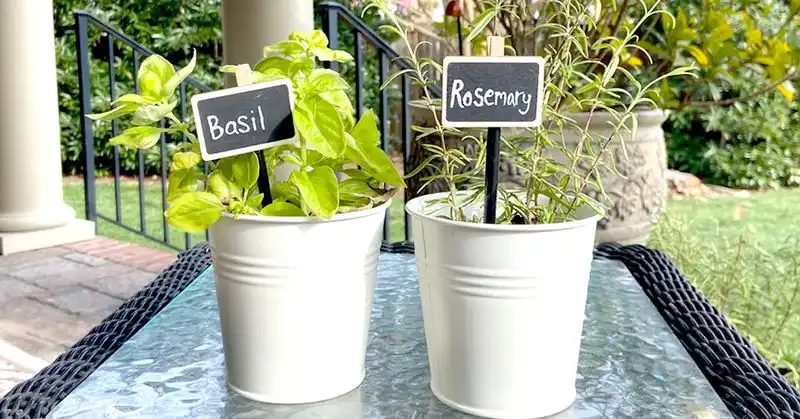
Labeling plants is a simple yet effective way to keep track of what’s growing in your garden. Use durable markers or labels to note plant names, varieties, and planting dates. This practice aids in managing care routines and monitoring growth progress. Labels also serve as helpful reminders for future planting decisions. Organized labeling supports efficient garden management, especially when experimenting with new or multiple plant types. By keeping your garden well-documented, you enhance both its functionality and your own gardening knowledge.
Manage Weeds Naturally
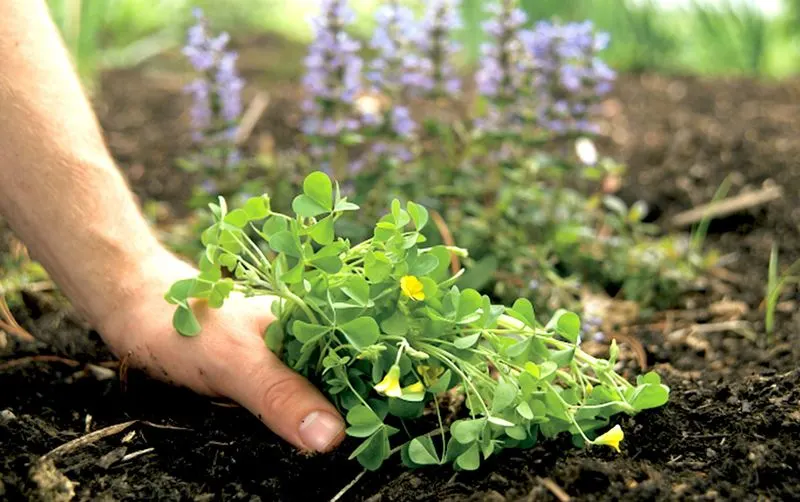
Weeds compete for nutrients and space, hindering plant growth. Opt for natural control methods like hand-pulling or using mulch to suppress weed growth. Regularly inspect your garden to address weeds promptly before they establish. This proactive approach minimizes competition and ensures healthy plant development. Natural weed management avoids chemical use, promoting an eco-friendly garden environment. By integrating manual and preventive measures, you maintain a tidy and flourishing garden, enhancing its aesthetics and productivity.
Engage in Continuous Learning
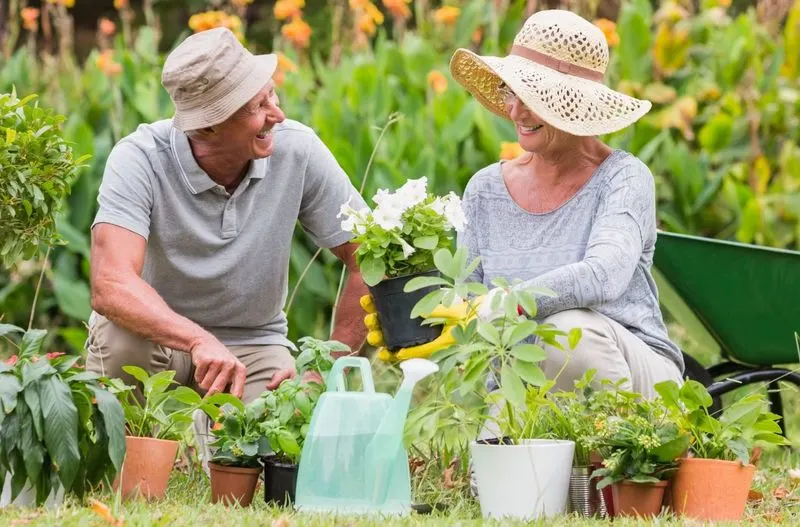
Gardening is an ever-evolving field, and continuous learning enriches your skills and knowledge. Explore various resources like books, online articles, and local workshops to expand your understanding. Engaging with fellow gardeners and joining community groups provides valuable insights and support. By staying informed about new techniques and trends, you refine your gardening practices. This commitment to learning not only improves your garden but also deepens your connection to the natural world. Embrace the journey of discovery and growth in your gardening endeavors.
Celebrate Your Achievements
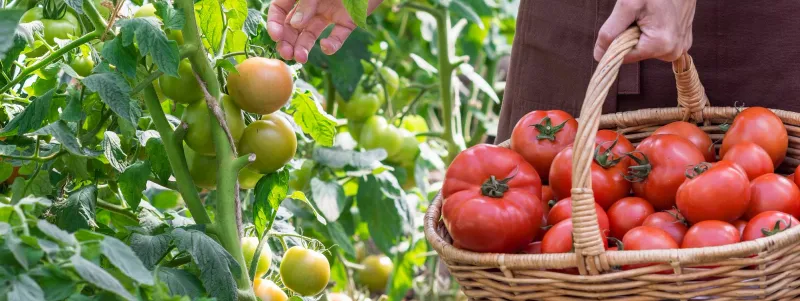
Recognizing and celebrating gardening successes boosts motivation and enjoyment. Take time to appreciate the progress and milestones you’ve reached, no matter how small. Share your achievements with friends or on social media to inspire and connect with others. This positive reinforcement encourages ongoing engagement and development in your gardening journey. Reflecting on accomplishments fosters a sense of fulfillment and passion for future endeavors. By valuing your efforts and results, you cultivate a rewarding and joyful gardening experience.

